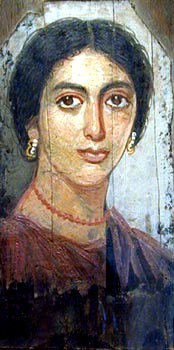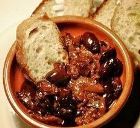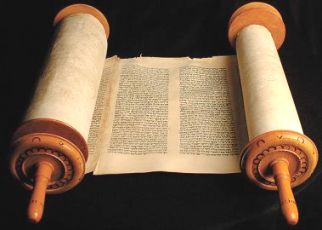What’s on this page?
New ideas about Martha & Mary in the gospels, from famous Scripture writers.
‘… no Gospel mentions the parents of Martha, Mary, and Lazarus. Since the three appear to practice no trade, yet can afford luxuries like imported nard, scholars speculate that their parents died and left them a sizeable inheritance.
Because no spouses are mentioned either, it is thought that Lazarus and Mary may have been in their early teens, not yet betrothed to anyone. Martha—in keeping with a name derived from the Aramaic marta “lady” or “mistress”—appears to manage the estate and to be the oldest.
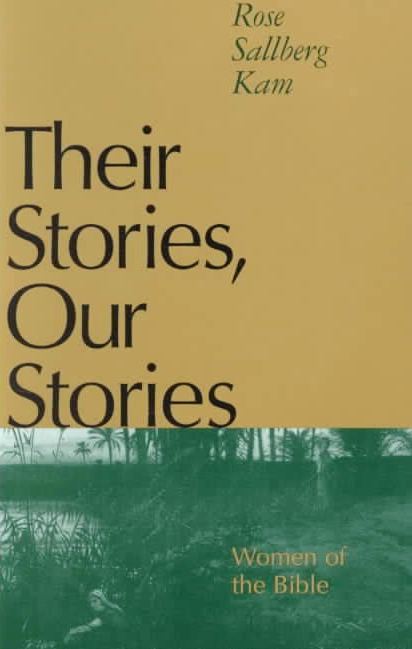 Both Luke and John present Jesus, the other major character of the stories, as a self-confident man who feels no need to enforce the strictest gender-role customs of his time.
Both Luke and John present Jesus, the other major character of the stories, as a self-confident man who feels no need to enforce the strictest gender-role customs of his time.
- He spends time alone with women who are not his relatives,
- allows women intellectual discourse with a religious teacher,
- and ignores the fact that women are not supposed to serve men at table or even to enter the dining area.
As for the sisters, Luke depicts them as one-dimensional—the active Martha, the passive Mary. John develops richer characterizations. In the Lazarus story, John’s Martha possesses a mature, well-integrated personality that balances activism with spiritual perception.’
Their Stories, Our Stories, Rose Sallberg Kam, Continuum Publishing New York, 1995, p.220.
_____________________________
‘In the Lazarus story, both sisters freely complain to Jesus, a freedom that must have arisen from many nights of friendly intimacy in which Jesus became both mentor and friend.
Yet in Luke’s story, the two women are poles apart in temperament.
- Luke’s Mary expresses her love by lounging at Jesus’ feet,
- while Martha expresses hers by chopping vegetables in the kitchen.
Seeing Mary neglecting her usual share in the duties of hospitality, Martha turns not to Lazarus-—even as a youngster, the male and thus the titular head of the family—but to her substitute big brother, Jesus.
Jesus rebukes Martha, but perhaps his tone makes it clear that he objects not to necessary chores (someone must cook), but to obsession with them. Mary may feel smug at Jesus’ commendation (someone must also pay attention to the guest), but perhaps remorse overcomes her when she catches sight of Martha’s face.
Since Luke never finishes the story, it is tempting to imagine that Jesus adjourns to the kitchen with both women, where all three can converse while three pairs of hands make light of the work.’
Their Stories, Our Stories, Rose Sallberg Kam, Continuum Publishing New York, 1995, p. 223.
Popular literature and traditions associated with Martha give evidence that many women have long been uncomfortable with this familiar story, which pits sister against sister. A glance at different commentaries will show that there is no agreement about its basic meaning.
Jesus is a guest at the house of Martha, who is ‘distracted with much serving’. Sitting at his feet listening to his ‘word’ is Mary, who is silent throughout. Martha says, ‘Lord, don’t you care that my sister has left me to serve (diakonein) alone? Tell her then to help me’.
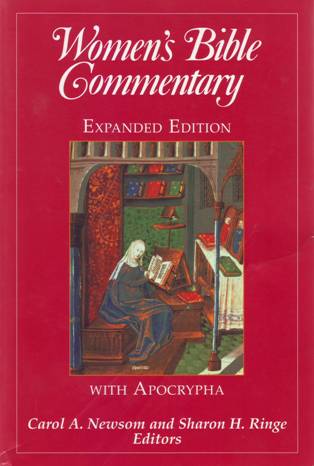 Her question echoes that of the disciples in the sinking boat in Mark 4:38 (a story Luke does not relate): ‘Teacher, don’t you care if we die?’ Unlike the response of Jesus in the storm at sea, which indicates that Jesus does care (he calms the storm), here he gently chides Martha and leaves things as they are.
Her question echoes that of the disciples in the sinking boat in Mark 4:38 (a story Luke does not relate): ‘Teacher, don’t you care if we die?’ Unlike the response of Jesus in the storm at sea, which indicates that Jesus does care (he calms the storm), here he gently chides Martha and leaves things as they are.
Her request denied, Martha is silenced. She is the loser, with whom the reader is not supposed to identify, but with whom many readers do.
_____________________
Recently the narrative has been read by Elisabeth Schussler Fiorenza as reflecting debate at the end of the first century C.E. both over the roles of women and over emerging offices in the house-churches, some of which were founded and led by women.
In Christian usage, diakonia became a technical term referring to eucharistic table service, proclamation, and ecclesial leadership. In the story of Mary and Martha, however, Luke distinguishes
- diakonia (Martha) and
- ‘listening to the word’ (Mary) as two distinct roles.
Mary’s choice of the latter over the former is praised and defended by the Lord.
Luke, Schussler Fiorenza argues, is thus prescribing for the church of the time, not describing a condition that prevailed then or earlier.
Women’s Bible Commentary, Carol A. Newsom and Sharon H. Ringe Eds., Westminster John Knox Press, Louisville Kentucky, 1992, p.376-7.

